Food Court Ads | Influence Consumer | Buying Behavior | Digitally

Food courts are bustling hubs of activity, offering a variety of dining options in one convenient location. In such environments, advertising plays a crucial role in shaping consumer behavior. Food court ads, whether in the form of digital displays, posters, or interactive kiosks, can significantly influence purchasing decisions. Understanding how these ads affect consumer behavior can help businesses optimize their marketing strategies and increase sales.
The Psychology Behind Food Court Advertising
Advertising in food courts leverages various psychological
triggers to influence consumer decisions. Here are some key factors that
contribute to its effectiveness:
- Visual
Appeal: Bright colors, mouth-watering food images, and high-resolution
displays grab attention instantly. These visuals stimulate cravings and
make people more likely to choose a particular food option.
- Social
Proof: Seeing other customers engaging with a specific food brand or
watching an advertisement that highlights popularity can create a
bandwagon effect, making consumers more inclined to follow suit.
- Limited-Time
Offers: Ads promoting exclusive deals or time-sensitive discounts
create a sense of urgency, prompting immediate purchases.
- Emotional
Connection: Advertisements that tell a story or evoke emotions
(happiness, nostalgia, or excitement) tend to resonate more with
consumers, influencing their food choices.
Types of Food Court Advertising and Their Impact
There are multiple ways advertisers leverage food court
spaces to attract customers. Some of the most effective methods include:
- Digital
Signage
- Dynamic
and engaging, digital screens showcase high-quality images, videos, and
animations that capture consumer attention.
- Easily
updatable, allowing businesses to tailor messages based on time of day or
special promotions.
- Increases
brand recall, leading to higher customer engagement.
- In-Store
Promotions
- Free
samples or live cooking demonstrations create an interactive experience,
increasing the likelihood of impulse purchases.
- Special
combo deals or discounts entice consumers to try new menu items.
- Interactive
Kiosks and QR Codes
- Touchscreen
kiosks allow consumers to explore menus, customize orders, and even
access discounts.
- QR
codes on tables or posters encourage customers to scan for special deals,
engaging them digitally.
- Aroma
and Sensory Marketing
- Scent
marketing is a subtle yet powerful strategy where certain food aromas are
intentionally dispersed to attract customers.
- Music
and ambiance also contribute to the overall dining experience, subtly
influencing spending behavior.
Consumer Behavior Trends in Food Courts
Recent studies suggest that food court ads significantly
impact consumer buying behavior in the following ways:
- Increased
Impulse Buying: Customers are more likely to make spontaneous food
purchases when exposed to visually appealing ads.
- Brand
Recall and Loyalty: Regular exposure to a brand’s advertisement in a
food court strengthens consumer trust and preference.
- Higher
Engagement with Promotions: Ads highlighting discounts and special
offers drive higher foot traffic and sales conversions.
Conclusion
Food court advertising is a powerful tool that businesses
can use to influence consumer buying behavior. By utilizing digital signage,
sensory marketing, and promotional offers, brands can attract more customers,
boost sales, and create a memorable dining experience. As consumer preferences
continue to evolve, leveraging effective advertising strategies within food
courts will remain essential for driving engagement and maximizing revenue.











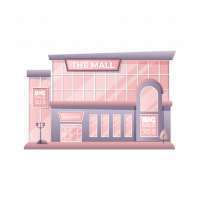





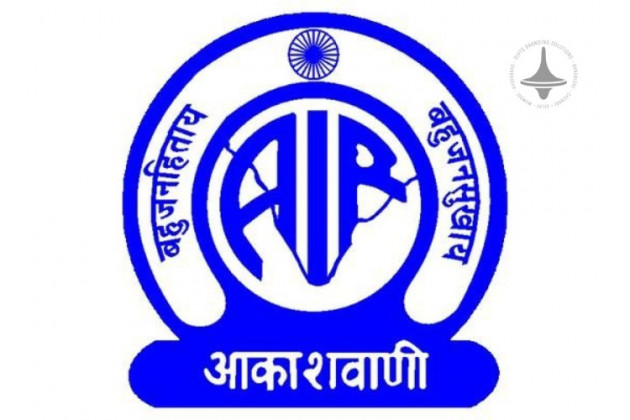

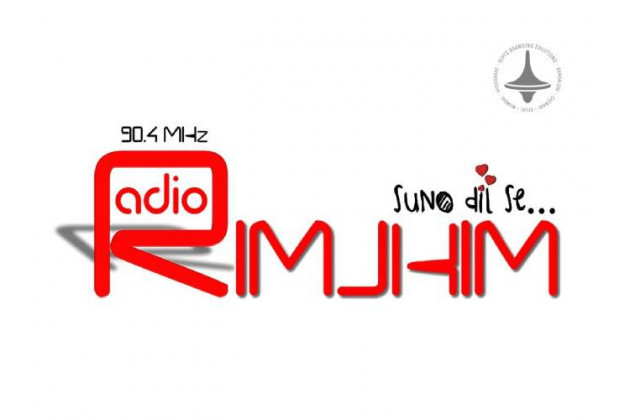
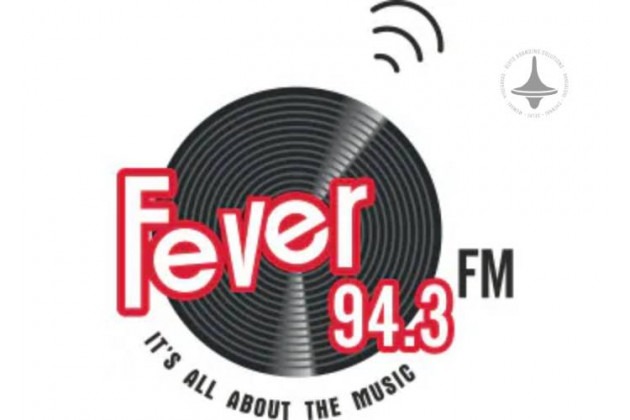
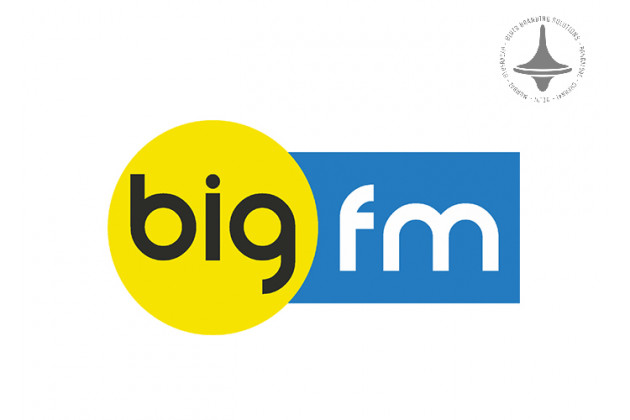
Leave a Comment